From the moment Poppy and Rubina stepped onto the stage of Soho Theatre in central London for Brown Girls Do It Too: Mama Told Me Not to Come, the energy was electric, the laughs non-stop, and the message loud and clear: British Asian women are done with silence.
What began as a ground-breaking, award-winning podcast that sparked online backlash for daring to talk openly about sex and relationships within South Asian communities has now evolved into arguably the most unique and fearless live show of the year.
Set against a cheekily colourful bedroom backdrop, this dynamic duo dived headfirst into everything from sex, shame, fantasies and motherhood to the layered realities of growing up as British Asian women. With sharp, smart transitions between confessional-style conversation and character-driven sketches, the show
managed to feel both intimately honest and wildly theatrical.
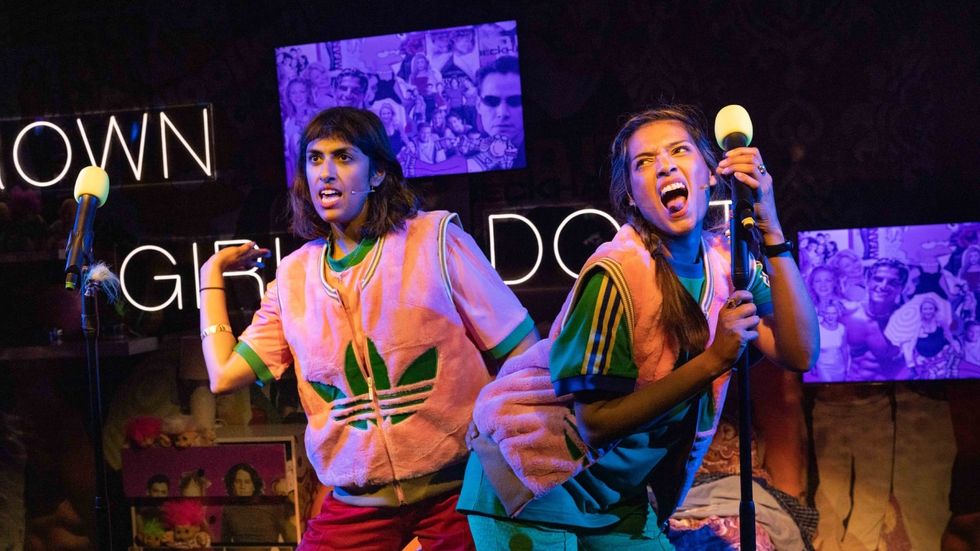
One moment they were sat discussing sexual awakenings and mother–daughter culture clashes; the next, they were morphing into wickedly satirical versions of Priti Patel and Suella Braverman or belting out a catchy song – a side-splitting ode to Jolen bleach and body hair, brilliantly riffing off Dolly Parton’s Jolene. A recurring sketch involving a “Coconut Crimes Hotline” was a comedic masterstroke, and their hilarious mother–daughter bits had most in the audience instantly relating.
It is no surprise the crowd, largely women, many of them British Asian, responded with raucous joy. This representation, delivered with bite, boldness and belly laughs, made them feel seen. They did not just watch Mama Told Me Not to Come – they felt it, because it reflected them.
Poppy and Rubina’s magnetic chemistry, unstoppable presence and ability to straddle personal vulnerability with political satire was nothing short of genius. It is rare to witness a show that is both this hilarious and this important. And just when you think it is all laughs, they deliver a powerful emotional gut punch, ending the evening with heartfelt letters to their respective mothers, which brought tears to many eyes and underlined just how deeply the show resonates.
This is not just a standout – it is the show that is going to take the Edinburgh Fringe by storm in August. Bold,
brilliant, blisteringly funny and ultimately moving, Brown Girls Do It Too is a fantastic five-star triumph in every sense.
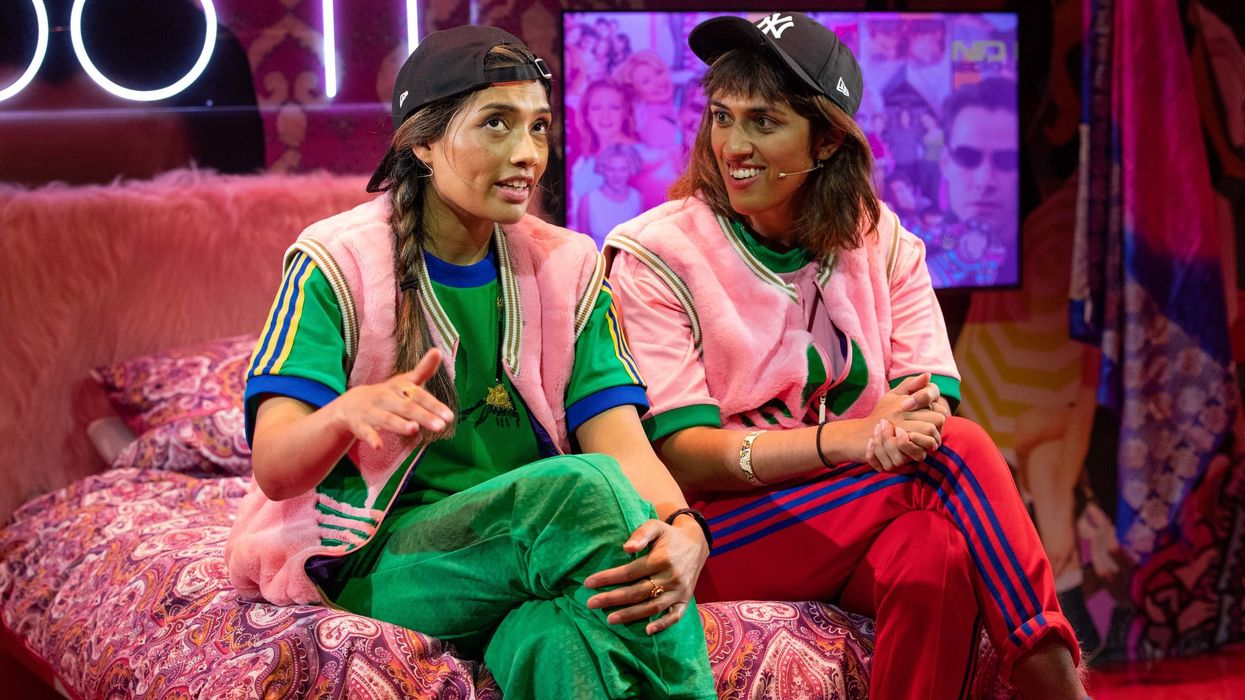


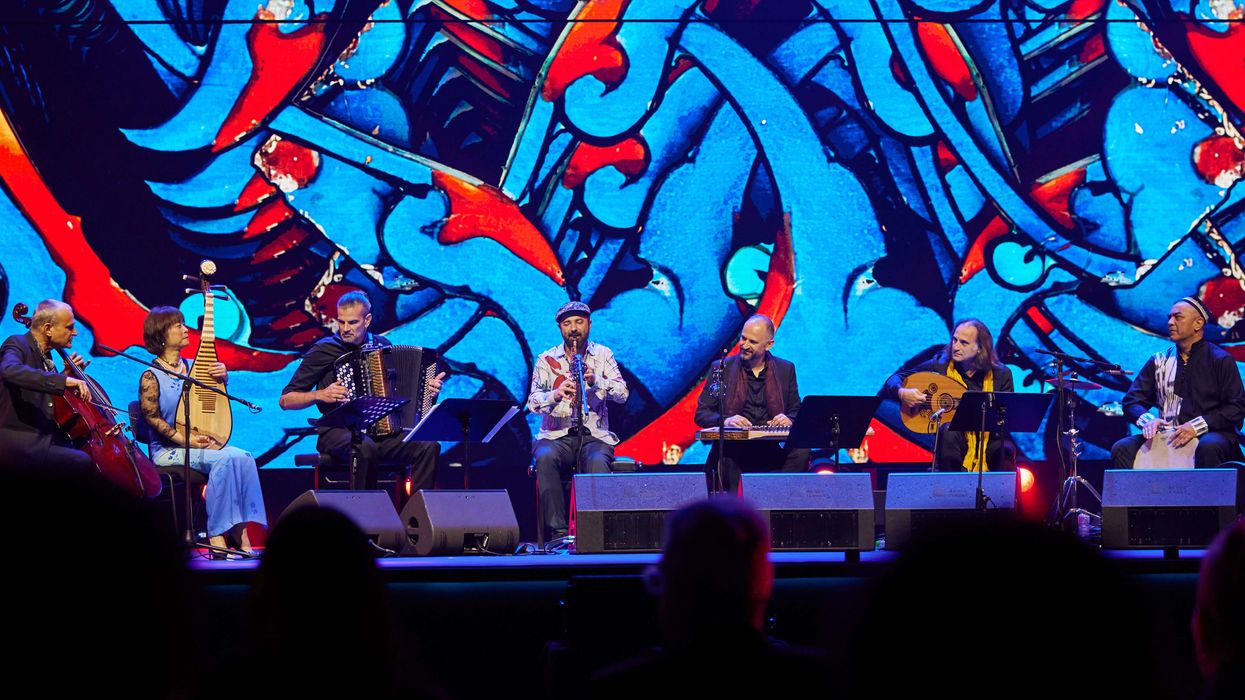
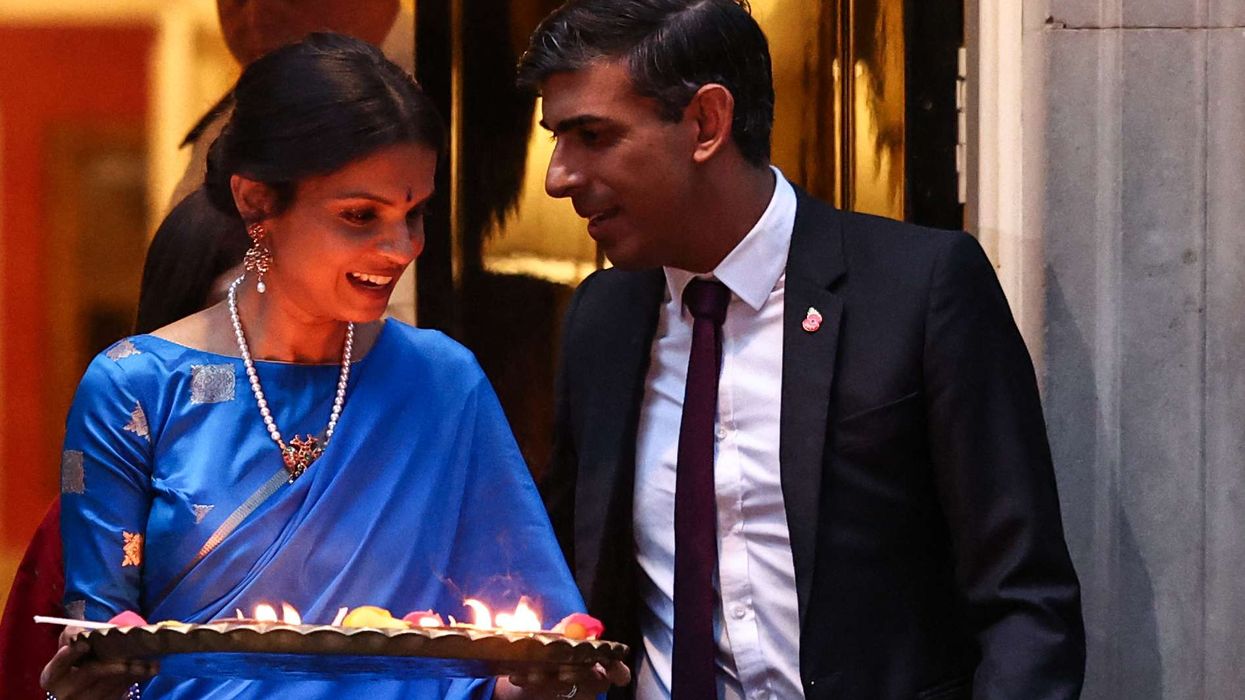
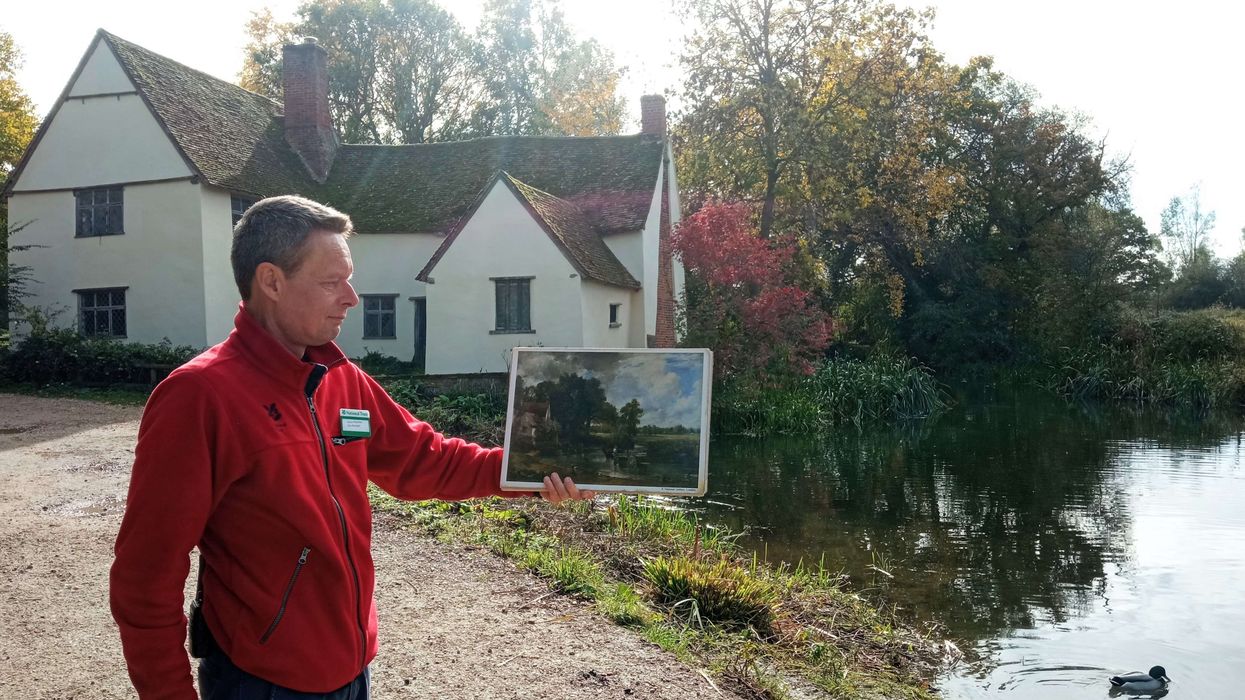
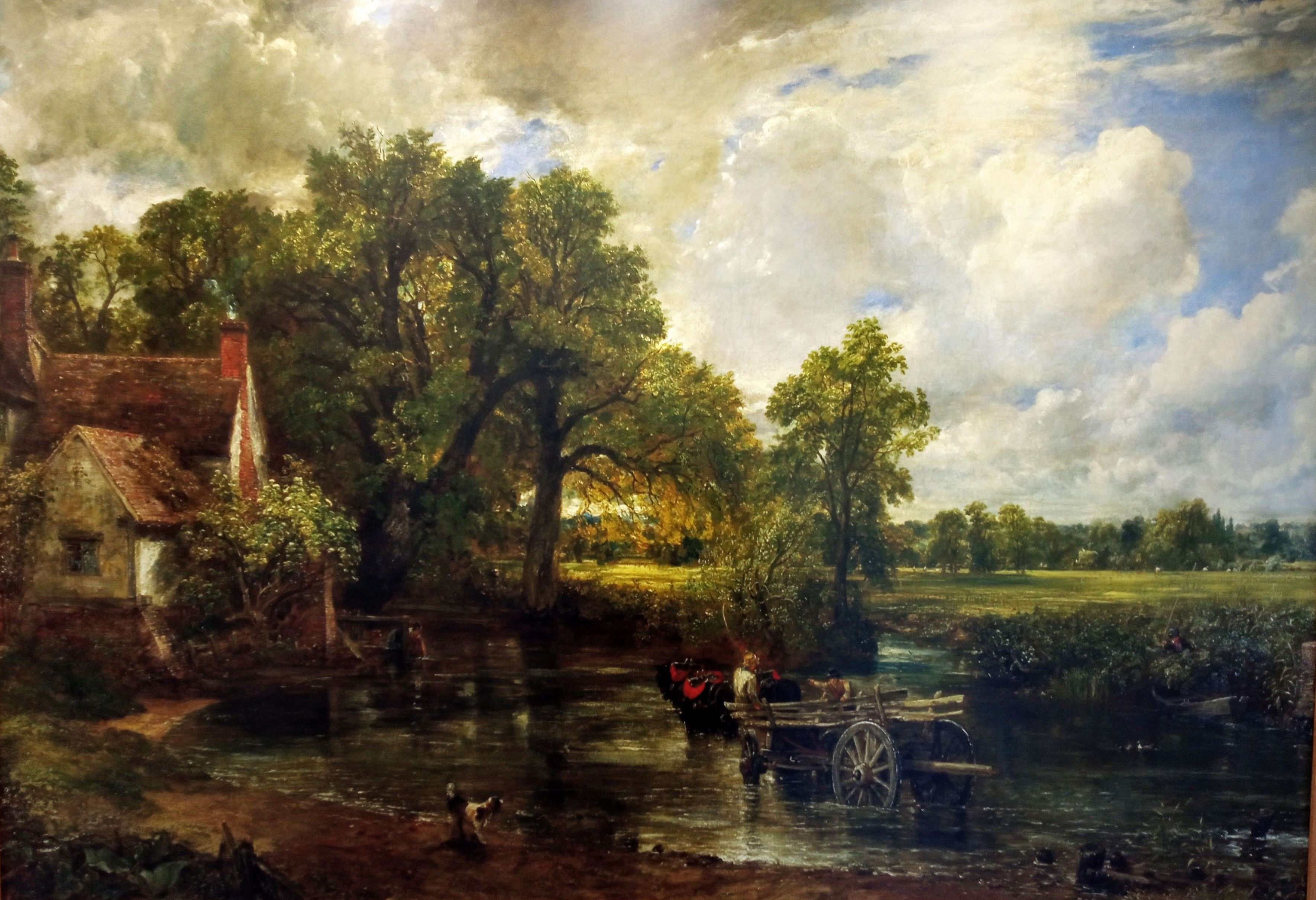 John Constable’s The Hay Wain
John Constable’s The Hay Wain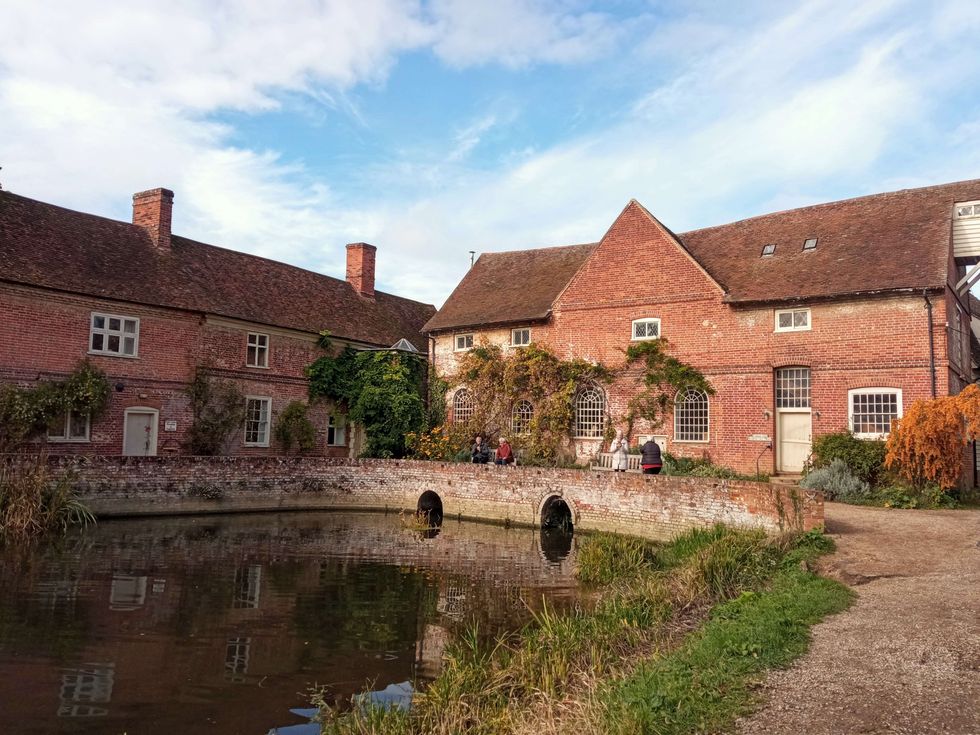 Buildings in Constable country
Buildings in Constable country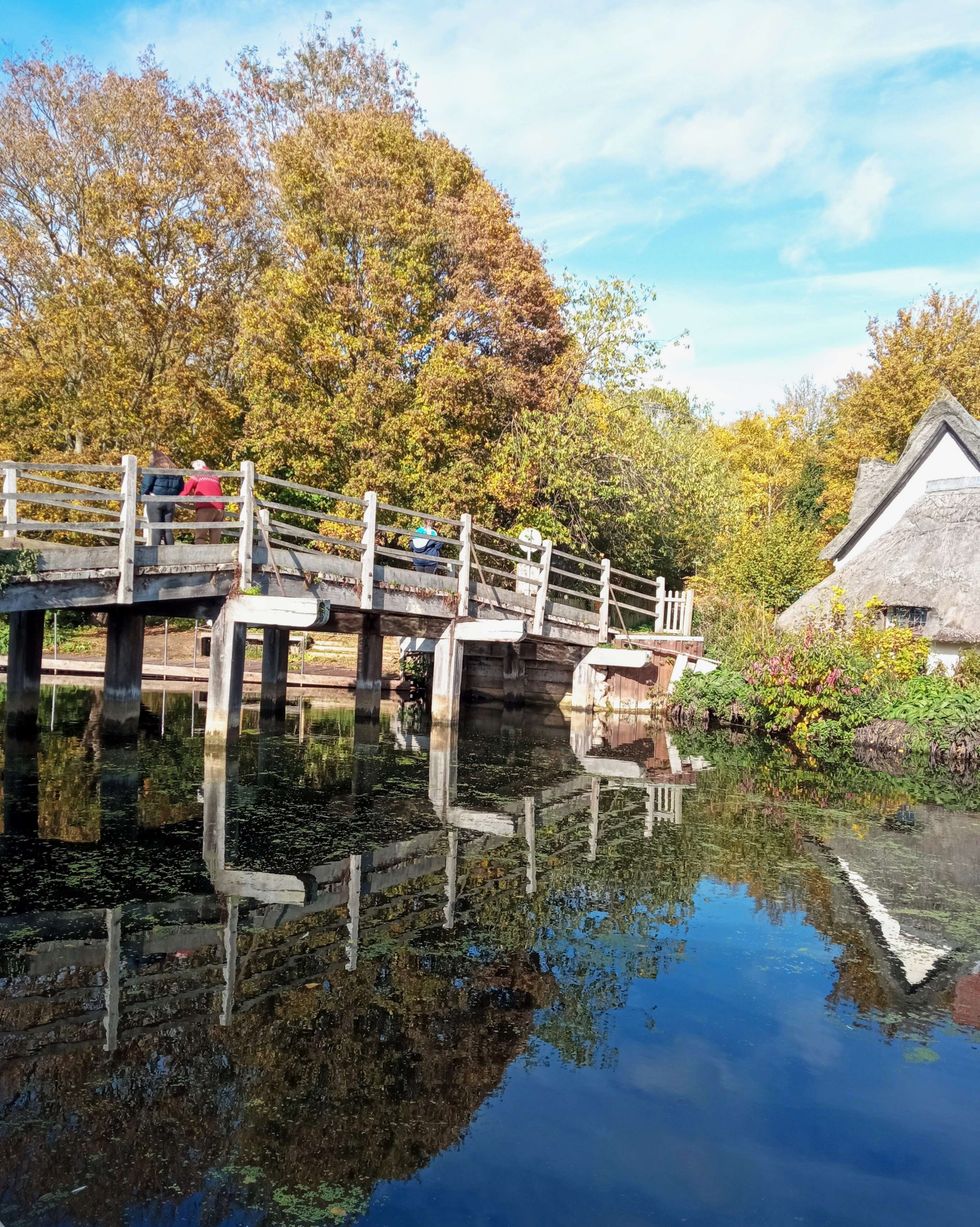 An old bridge in the hamlet
An old bridge in the hamlet Constable country
Constable country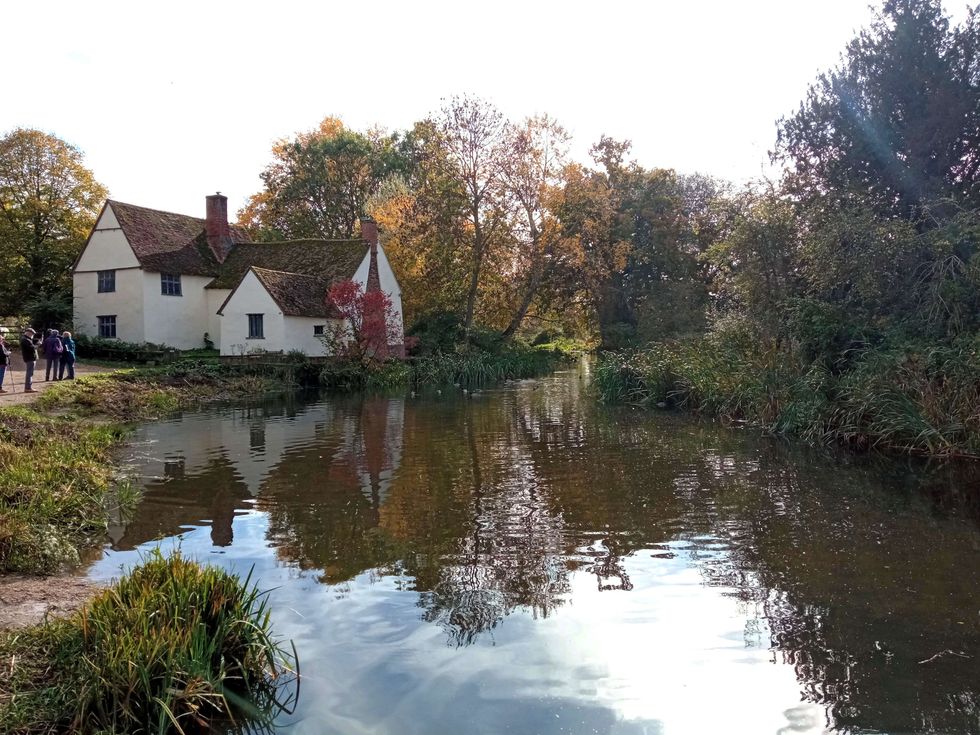 The riverside scene at Flatford in Suffolk as it appears today
The riverside scene at Flatford in Suffolk as it appears today  Constable country
Constable country






